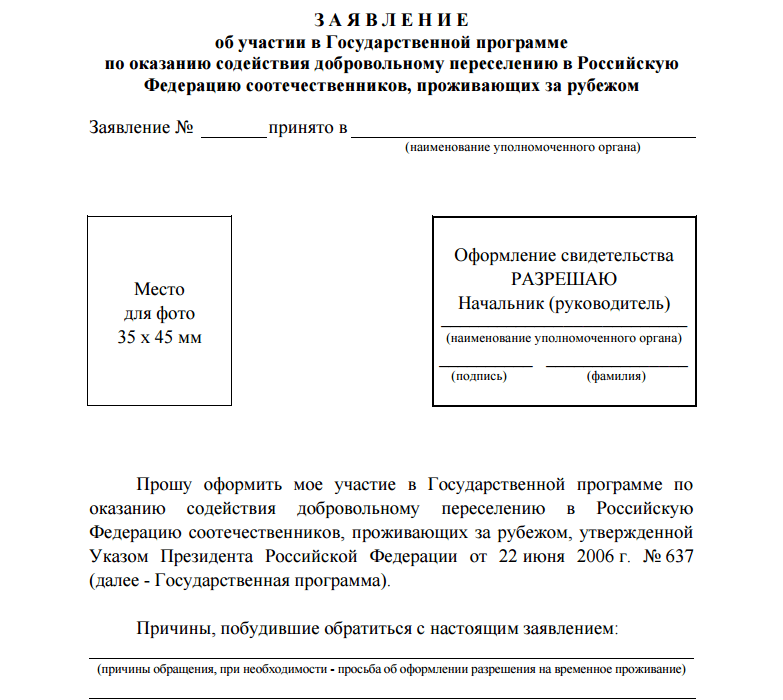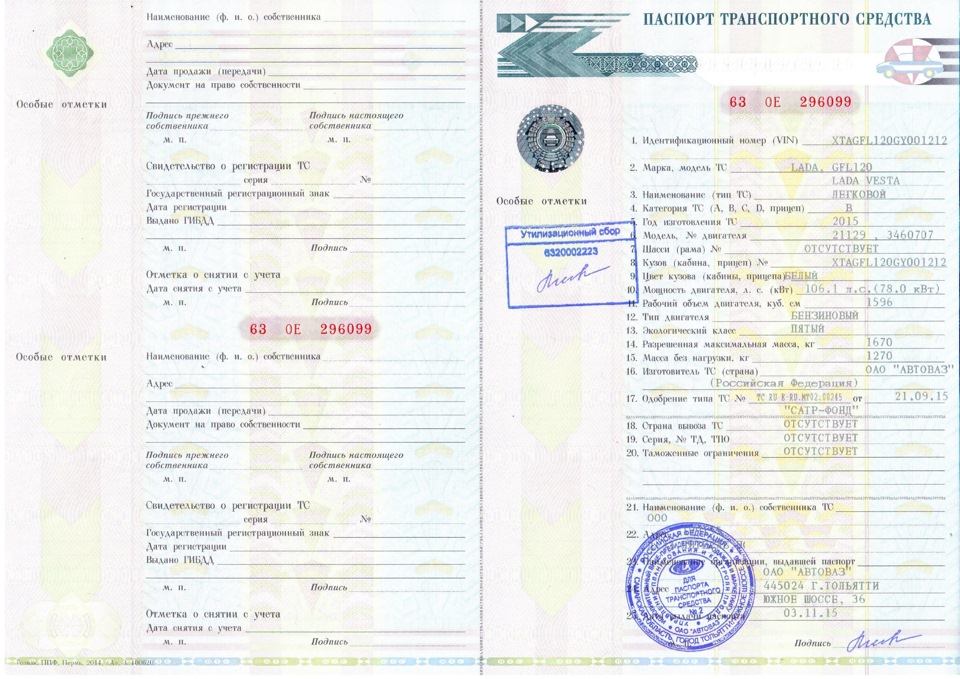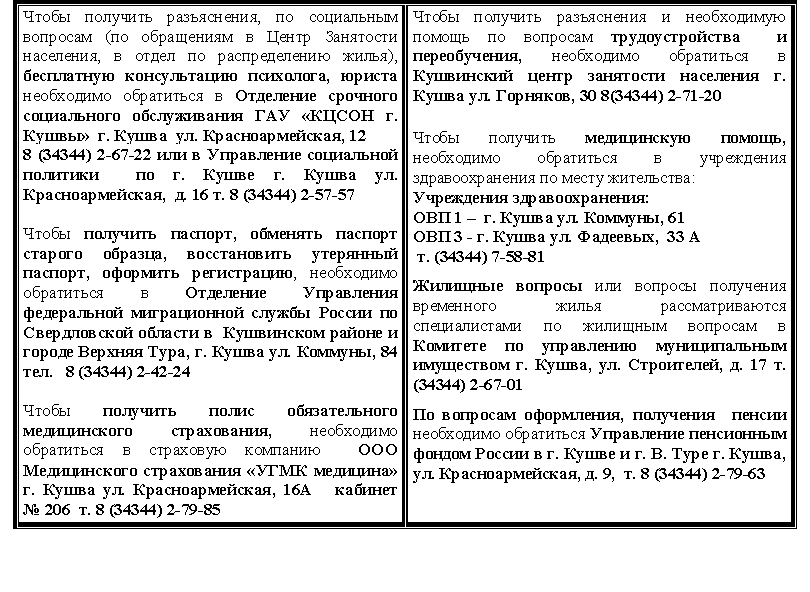New version: Introduction to staff

The rules are not strictly binding, but practice has shown that they minimize a variety of conflicts and disputes, so most firms still have rules, and the employer prepares the rules and implements them by a special organizational order.
VIDEO ON THEME: Internal Work Rules - Elena A. PonomarevaDear readers, our articles talk about model ways of dealing with legal issues, but each case is unique.
If you want to know,How do you solve your problem - use the form of an online consultant on the right or call the phones on the website. It's quick and free!
Contents:
Order to amend the Internal Labour Rules
This is due to organizational, technological and other changes that take place within the company, primarily changing the internal labour regulations, as they regulate the organizations' work and rest periods, the admission and dismissal of employees, the rights, obligations of the parties to the employment contract, etc.
The article contains a step-by-step algorithm on how to modify the document. Step 1. Form a working group to prepare changes to the AVTR. Identify the issues that need to be addressed by making changes to the Internal Labour Rules next: the AVTR. Then issue an order specifying the composition of the working group and the time frame for the preparation of draft changes to the AVTR.
It usually takes a few weeks to a few months. Including a staff member from the Personnel Division, Legal Division, Accounting and other structural units, if necessary. For example, if changes are related to the permit, the working group should include the head of the security service. Appoint one of the participants to be responsible for drafting the changes. There is no uniform form of order, so draft the document in an arbitrary form below.
To download and print the sample Step 2. Agree on the draft changes with the members of the group when the responsible person prepares the draft, the members of the working group must agree on it. To this end, each person indicates the position, signs and deciphers the draft document.
Make sure that the changes adopted do not aggravate the situation of workers in relation to the labour legislation in force; even if you have made such provisions, they will not be applied.
Step 3: Agree on a draft amendment with the trade union if there is a trade union organization in the company, it is necessary to take its opinion into account first. Prepare a draft amendment and refer it to the elected body of the primary trade union organization. Attach the document to the justification for the need for such a change. The trade union must consider the draft and send a reasoned opinion in writing to the employer no later than five working days from the date of its receipt. Cf. If the trade union body has expressed disagreement, you have a choice: to use the option offered by the union or to consult further within three days.
If it is not possible to reach an agreement, then draft a protocol of disagreement, and then you have the right to adopt changes to the PVBR in your own form. Step 4. To decide on the method of amendment, the Labour Law does not specify how to amend the PVT and other local regulations.
The Act only specifies the manner in which they are to be adopted, and the employer approves them, taking into account the opinion of the representative body of the employees, if it has an article in the organization. The same procedure applies to the amendment of the PVT.
Several options are possible, depending on the form the rules are in, as an annex to a collective agreement or as an autonomous document. PVTI is a stand-alone local act. Depending on the order in which the rules were introduced, three ways to change them are possible.
It is possible to issue an order to amend and approve the new version of the AVTR. This is possible if the regulations have been enacted by order and the changes are of a large scale. Order the sample below in an arbitrary form. In it specify the need for changes and do not forget to mention that the previous version of the AVAP is no longer valid. This is appropriate if the rules have been implemented in the same manner and approval orders have not been issued. Prepare a separate annex to the AVAP.
It reflects the changes and approves it with an order, and you have to keep it together with the text of the regulations. When there is a sufficient number of such changes, assemble them together and approve the new version of the RTDP.
In this case, the changes are made in the manner established for the modification and conclusion of the collective agreement or in the manner specified in the collective agreement.
As a general rule, the employer shall submit to the representative body of employees a proposal for the initiation of collective bargaining and attach draft amendments to the PVTR.h The representative body shall, within seven days of receiving the proposal, send a reply indicating the persons who will enter into the negotiations.
It then establishes a collective bargaining commission...............................................................
If disputes arise in the course of the negotiations, on all or individual issues, a protocol of disagreement shall be drawn up. It shall reflect the sections, paragraphs and parts of the draft changes to the AVAP on which the parties have not agreed and the rationale for each partys' positions.
The registration authority may be an executive authority of the constituent entity of the Russian Federation or a local self-government body....................................................................................................
Remember that only those internal labour regulations that are set out as an annex to the collective agreement are subject to registration, and the procedure is notified, which means that the changes to the AVTR do not come into effect from the date of registration, but from the date of signature of the project or other date specified in the order C.
Step 5: Provide staff with an overview of the changes to the PVTR by using an introduction sheet or a log of local regulations and changes to them. It is important to keep in mind the following: If changes to the PVET involve changes in the terms of employment contracts, this will be done in due course. For example, the company changes the working regime, which is a mandatory condition of the employment contract abs. To do so, each staff member is given an additional agreement in writing.
If you prove that there has been a change in the organizational or technological conditions of work, there may be a unilateral order when the consent of the employees is not required.
In this case, however, follow the procedure laid down in article 74 of the Labour Code.
Regulatory framework.
How to Change the Rules of Procedure
The procedure for amending the internal labour regulations is as follows: the person who is responsible for the design of the changes must submit a draft amendment to the employer for signature; the project is being developed with the help of persons designated by order of the assistant; the development of the changes may be based on a report from the heads of offices.
The way in which changes are made, if they are an annex to the Collective Agreement, is to agree with the trade union on what to do if they are against the intended changes. How to amend the internal labour regulations if they lead to changes in workers ' employment contracts. The setting of the internal labour regulations is a document that every employer must have.
New version: Introduction to staff
In this article, we will consider how to draw up and approve the internal labour regulations, how to apply them. We will examine the errors made by employers. We will also provide a model of the internal labour regulations. The internal labour regulations will then be a mandatory local regulation of the company, regardless of its organizational form and size. This is one of the documents requested by the labour inspectorate in the first place in the course of the inspection, with the inspectors paying attention not only to the existence of the rules but also to their drafting, content and manner of familiarization with the workers. Consider how they are properly drafted, approved and applied; deal with the errors that employers make; approve the internal labour regulations and make them aware of the lack of internal labour regulations. Although the Labour Code article is mandatory and requires all employers to adopt internal labour regulations, one common error is the absence of this local act. This is particularly common in small companies, such employers consider that the internal labour regulations are not mandatory for them because of a small number.
Do workers need to be notified when making changes to the PVT?
A. How to change internal regulations A how to make staff aware of local acts if the company is large enough and has branches or offices in other cities? Indeed, in such organizations it is often difficult to personally familiarize employees with the required documents. Personnel attempt to ensure that local regulations are made available by e-mail or by placing them on information boards, in corporate publications.
The internal work regulations of the AVTR are a document that every employer must have. This follows from the provisions of the articles of the Labour Code of the Russian Federation. In the new version, the introduction of the staff of Action 8-In continuation of the question, please answer, if we introduce a new schedule from January, in December already familiarize the employees, changes in the PVT from which number and date should be made? Since the working hours regime changes from 1 January, changes in the PVT should also come into effect from 1 January.
Changes in the internal labour regulations
The way in which changes are made, if they are an annex to the Collective Agreement, is to agree with the trade union on what to do if they are against the intended changes. How to amend the internal labour regulations if they lead to changes in workers ' employment contracts.
A working time legal adviser expert in Vishnepolas' print journal can be changed in two ways: the modification of the internal labour regulations; also read about what can be refused by a pregnant employee and what guarantees can be given, how to pay an advance in a new way and to write a travel manifest, and how to recover damages from an ex-employee. Draft changes to the internal labour rules are being drafted; the project is sent to the union if it exists at the enterprise, otherwise this paragraph is omitted; the issuance of an order to amend the PVT; the introduction of new changes to employees; the introduction of a new version of the Rules. The employer has the right to make changes on an unlimited number of occasions. Read useful articles on the topic: Internal labour rules: In this case, the procedure for making the changes will be different: the drafting of forthcoming changes; the harmonization of them with the trade union organization; the issuance of an order to amend the collective agreement; the introduction of new documents; the introduction of a supplement to the Collective Agreement.
.
.
.
.
.
.
.
.








 0
0









Aphtar the Maladian,
I'd like to hear more from the experts on this subject :)